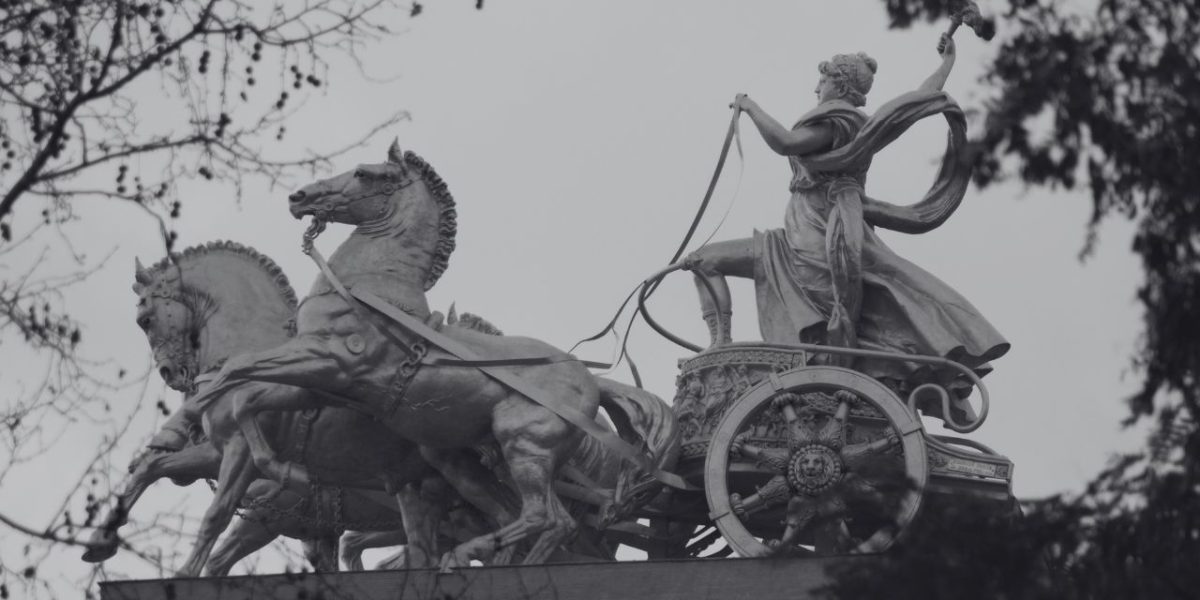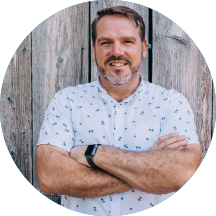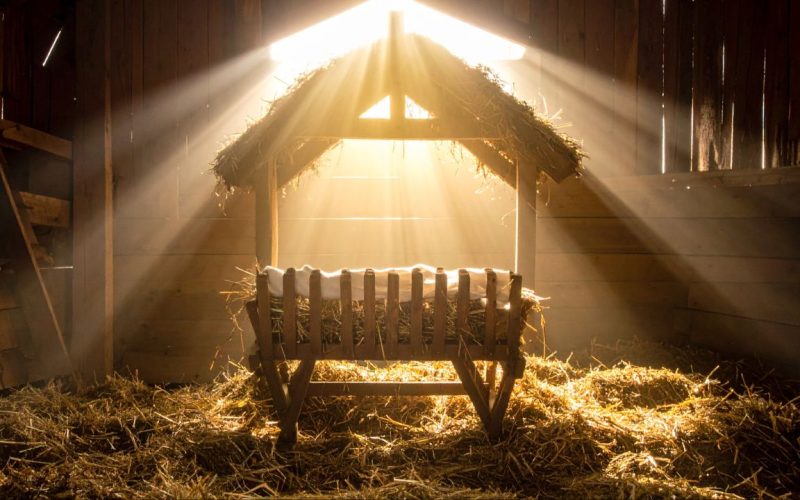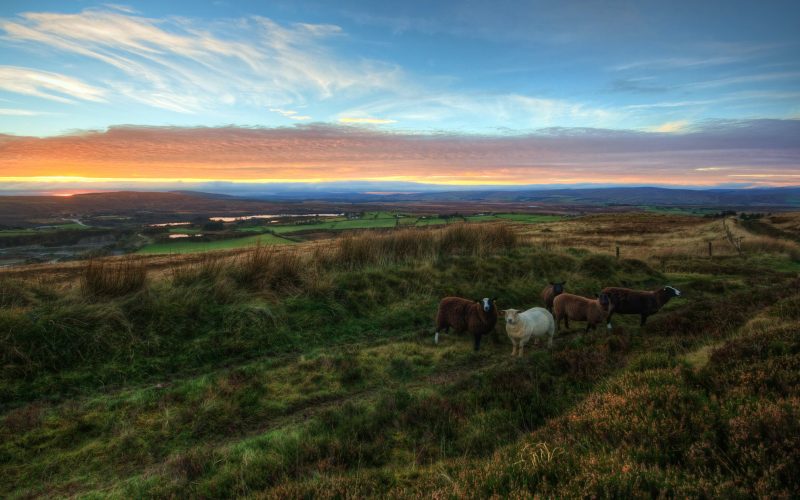Have you ever found yourself pushing, striving, almost desperately trying to prove something? Maybe it’s an intense drive to be seen as competent, or strong, or successful. You wear it like a cloak, this identity you’ve built, telling the world, “I am this.” But if you were to sit in the quiet for a moment, you might realize that powerful declaration isn’t born from a place of deep-seated truth, but as a reaction against a nagging internal whisper. A whisper that says you’re not enough. It’s a phenomenon called overcompensation, and it’s a subtle trap many of us fall into. We spend our entire lives reacting to a negative belief we hold about ourselves, trying to prove it wrong, without ever realizing that the reaction itself has become a prison. We think we’re running free, but we’re actually tethered to an old wound. What if we stopped running? What if we turned around, faced the tether, and finally learned what it means to be truly, unequivocally free?
It is for freedom that you have been set free
The journey into this kind of radical freedom begins with a foundational truth that can reframe our entire perspective on God. Often, we view God’s desires for us through a lens of utility. We think He wants us to be holy, disciplined, or “free” so that we can be more productive for His Kingdom, more effective tools in His hands. While our freedom certainly makes us more effective, that’s not the primary motivation behind it. The Galatians chapter five tells us, “It is for freedom that Christ has set us free.” The motivation is freedom itself. God sets us free because He fundamentally loves freedom. It is a core part of His very nature. His love for freedom is so profound that He gives us the most dangerous and beautiful gift of all: the freedom to walk away from Him. He doesn’t lord over us with rules and robotic programming. Instead, He offers an invitation into a relationship where we find our true identity, purpose, and the life we were always meant to live. He isn’t trying to conform us to a list of regulations; He wants to conform us to the image of Christ.
The ultimate picture of freedom
Why Christ? Why is he the model? Because Jesus was the freest person to ever walk the face of the earth. Think about it. He was utterly unburdened. He had no sin, no separation from the Father until the cross. Satan had no power over him. The religious systems of the day had no power over him. He could not be controlled, and he could not be manipulated. This wasn’t because he was “a rebel without a cause”, flouting authority for the sake of it. His unshakeable stance came from a place of perfect relational unity with the Father. Fear had no grip on him. This profound, authentic freedom was so potent that it terrified the religious and political leaders whose power was built on controlling people. When you are truly free, you become a threat to systems of control. That is the image God wants for us. Not to be rebels, but to be so rooted in our relationship with Him that the chains of fear, insecurity, manipulation, and sin simply fall away.
The chains we don’t always see
The tricky part is that, like the people Jesus spoke to, we often don’t even realize we’re in bondage. In John chapter eight, Jesus tells a group of believers, “You shall know the truth, and the truth shall make you free.” Their response is telling. They immediately get defensive: “We are Abraham’s descendants and have never been in bondage to anyone. How can you say we will be made free?” They were living under Roman occupation, yet their cultural identity was so fiercely independent that they couldn’t see their own chains. Their heritage was built on the idea that they were God’s people and no one could rule over them. They even had traditions, like reclining while drinking the cup during sabbath, to physically demonstrate their status as free people, because only free people could recline while slaves had to remain at attention. They looked free. They acted free. They believed they were free. But Jesus looked past the external performance and pointed to a deeper, internal slavery: “Whoever commits sin is a slave to sin” (John 8:34). He had to show them that while they carried themselves as free people externally, their internal world was in chains. And so it is with us. Most of us may have all the external trappings of freedom, but what internal bondages—to insecurity, to fear of failure, to shame, to addictions—are we blind to?
The story of the Christmas ham
Sometimes, these unseen chains are things that have been handed down to us, traditions and mindsets we’ve accepted without question. There’s a wonderful story about a young woman, newly married, preparing her first Christmas ham for her husband. She gets this beautiful, expensive ham, places it on the cutting board, and promptly cuts the end off, placing it in the pan beside the main portion. Her husband, watching this, is baffled. He asks why she did that, pointing out that all the juices will run out. Her simple reply was, “Well, that’s just how my mom always did it.” Unconvinced, he presses the issue, so she calls her mother. “Mom, why do we always cut the end off the ham?” Her mother pauses and replies, “You know, I’m not sure. That’s just what my mom always did.” Now thoroughly intrigued, they decide to call the source: Grandma. When they ask her the same question, the elderly woman lets out a laugh. “Oh, that?” she says. “Well, way back then, our oven was tiny. The ham was always too big for the pan, so I had to cut the end off just to make it fit!” For two generations, a solution to an old problem had become a pointless tradition, a limitation they carried into a new reality where it no longer applied. How many times are we “just cutting the end off the ham” because that’s what we saw, without ever asking if the oven is bigger now?
How a Roman chariot limits modern rockets
This principle of inherited limitations can have staggering, far-reaching consequences, often in ways we could never predict. It’s illustrated perfectly in a fascinating, and at least partially true, story about the rocket boosters for the NASA space shuttle. Engineers wanted to make the boosters bigger and more powerful, but they couldn’t. The reason was surprisingly mundane: the boosters had to be shipped by train from the manufacturing facility to the launch site, and along that railway line, there was a tunnel. The size of the booster was limited by the width of that tunnel. Someone, curious about this limitation, started digging. Why was the railway gauge—the distance between the two tracks—such an odd measurement of four feet, eight and a half inches? The answer led them back to the Civil War, when the Northern-standardized rail system became the national standard. The North, in turn, had gotten their gauge from English engineers, who had based it on the tram systems in Europe. Those tram axles were built using the same equipment as the wagon axles that came before them. Why were the wagon axles that specific width? Because they had to fit perfectly into the deep ruts in the old European roads. If an axle was too wide or too narrow, it would break, as it was constantly battling the deep ruts in the road. And where did those ruts come from? They were carved into the earth by wagon axels that reached the whole way back to the time of Roman war chariots. The width of a Roman chariot was determined by the width of the two horses pulling it. So, here we are in the 21st century, where the design of our most advanced form of travel (a space rocket) is being inadvertently limited by the width of two horse’s backsides from the Roman Empire. It’s a powerful metaphor for how ancient, seemingly irrelevant things in our past can be holding us back in the most modern areas of our lives.
Shifting from flesh to spirit
So if our lives can be inadvertently shaped for the worse by these unseen forces, is it possible that they can also be inadvertently shaped for the better? The apostle Paul, in Galatians 6:7, gives us the key. He says, “Do not be deceived: God is not mocked, for whatever one sows, that will he also reap. For the one who sows to his own flesh will from the flesh reap corruption, but the one who sows to the Spirit will from the Spirit reap everlasting life.” In our modern language, we’d use the word “investing.” If you invest your time, energy, focus, and finances into things of the flesh—temporary pleasures, ego, fleeting comforts—you will reap a temporary, corruptible harvest. But if you invest in things of the Spirit—your relationship with God, personal spiritual growth, serving others, community—you will reap a harvest of life from God Himself. The question, then, is a simple one: What are you investing in? Are you sowing to your flesh, or are you sowing to your Spirit?
The power of a spiritual investment
This is where God brilliantly flips the principle of the Roman chariot on its head. The Bible tells us to invest in seven ventures, yes, in eight, because you don’t know which one will succeed. (Ecc. 11:2) It encourages a diversity of investment. You don’t know which act of sowing to the Spirit today will inadvertently become the weapon that gives you breakthrough five, ten, or twenty years from now. You might join a small group, sign up for a class, start volunteering, or simply commit to more intentional prayer. At the moment, it might feel small, just one of seven or eight things you’re trying. You don’t understand the full scope of what you’re doing. But you are giving God your “yes.” And years later, you’ll find yourself in a crisis, and the wisdom you need will be there, learned in that class. You’ll face a relational challenge, and the strength you need will be there, forged in that small group. The small, seemingly nonchalant spiritual decision you make today can become the biggest open door of your future. That is the power of consistently sowing to the Spirit. You are building an arsenal for a battle you haven’t even seen yet.
What are you sowing in your life?
Now is the perfect time to pause and evaluate our portfolio. What are we sowing to? What are we investing in? When we honestly look back, what did our time, energy, and intentionality go towards? Were we investing in things that brought temporary satisfaction but are now over, like a nice holiday that leaves only memories? Or were we investing in the eternal, in things that build a lasting harvest in our lives and the lives of others? There is no shame or guilt in this reflection, only opportunity. The ground is fertile, and the seeds are in your hand. This is your chance to decide that the future will be spent sowing to the Spirit. It’s a decision to say, “God, you have my yes. Before I even know all the opportunities or challenges, you have my yes.”
A purpose for every season
This call to be careful how we sow is for every single one of us, no matter our season of life. You may be young, transitioning between schools, and feeling like your life is just beginning. Sow into your spirit. You may be in the thick of raising a family or building a career, with little margin. Find small ways to sow into your spirit. You may be an empty nester, retired, or in your golden years, feeling like you are near the end of your most productive days. You are not done. As long as you are breathing, you have a purpose, and that purpose includes sowing into your spirit. Your wisdom is needed. Your mentorship is invaluable. In every stage, the principle holds true. What you commit to in this season will reap a harvest in the future—for you, for your children, and for your grandchildren. Let’s intentionally invest in the things of God, and watch in awe as He takes our small, faithful acts and turns them into a harvest of unimaginable freedom and life.
To hear the entirety of this message click here:






